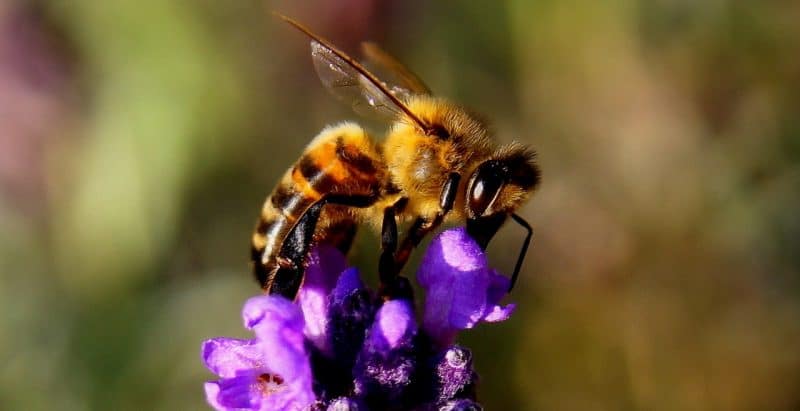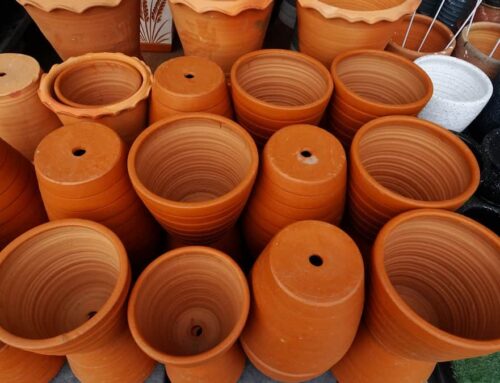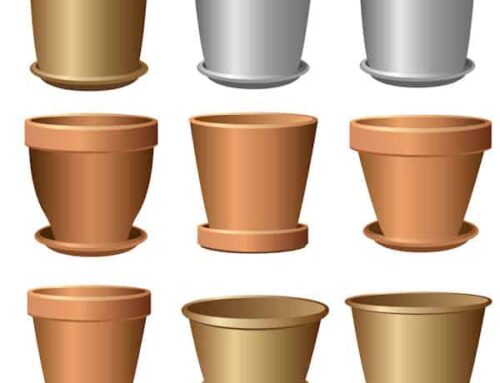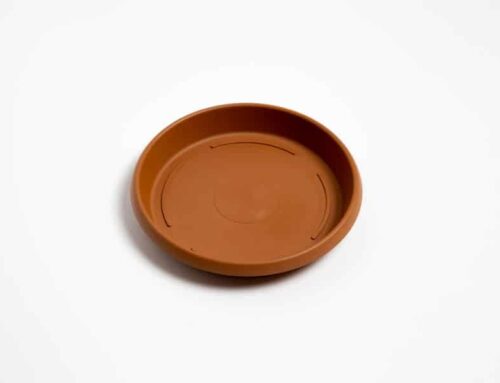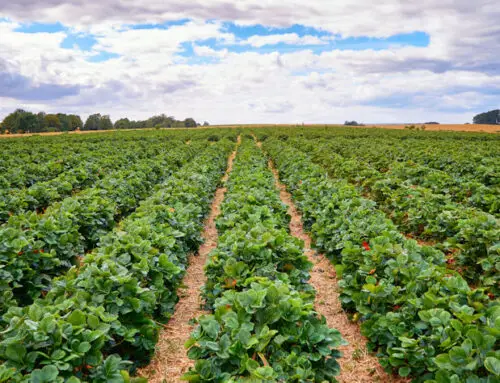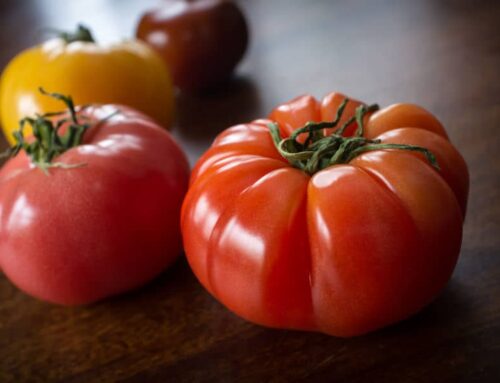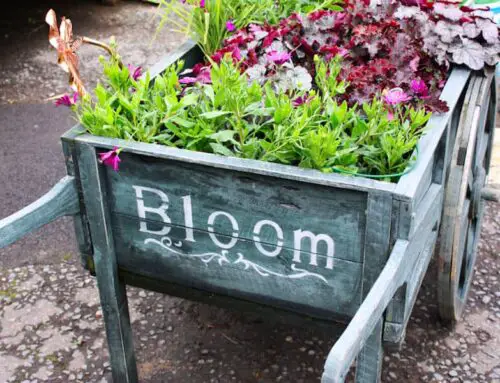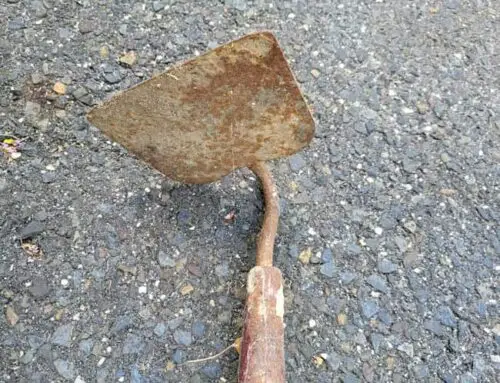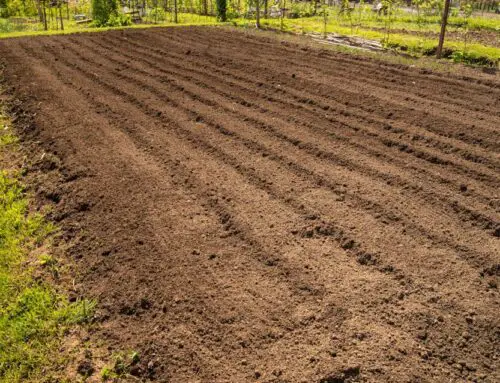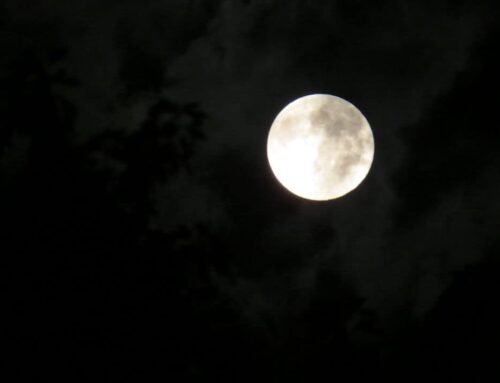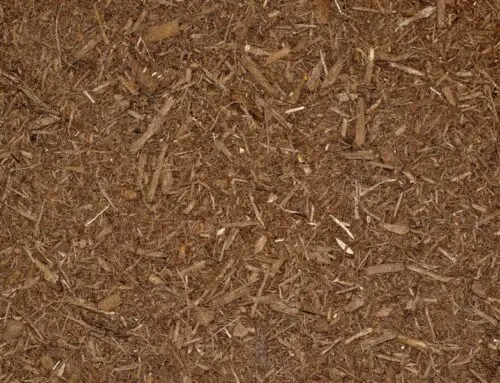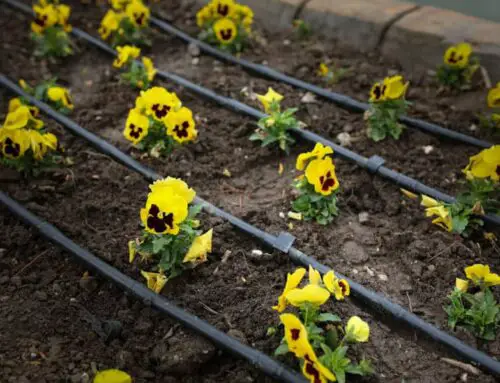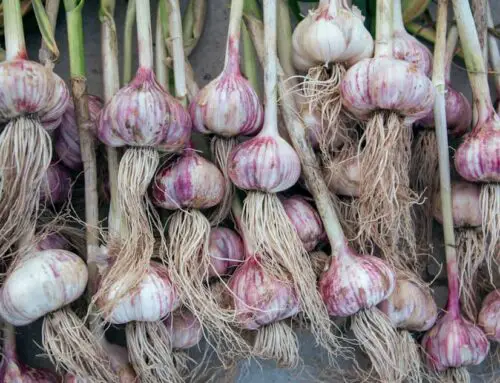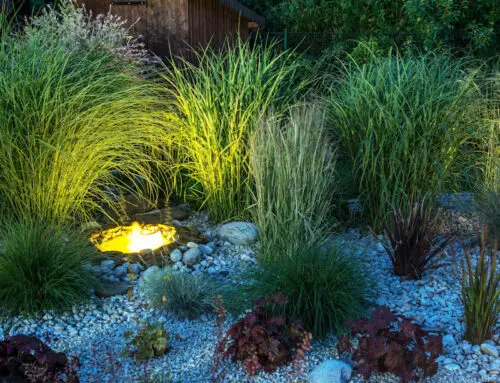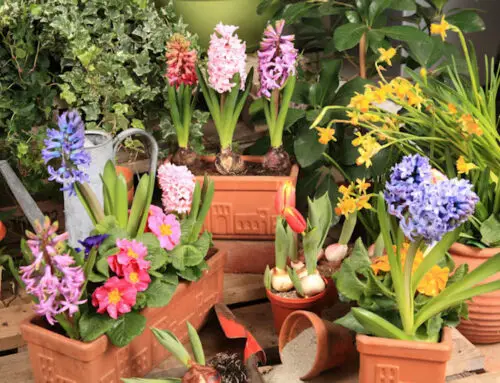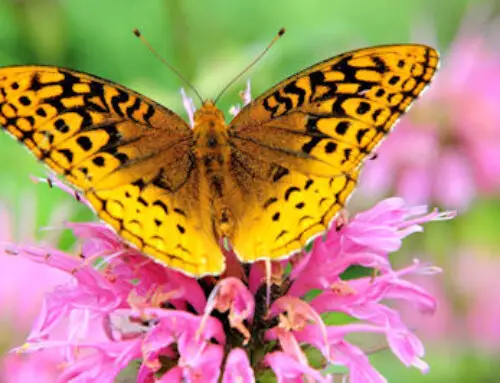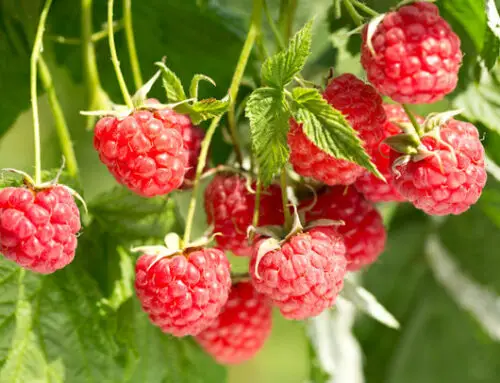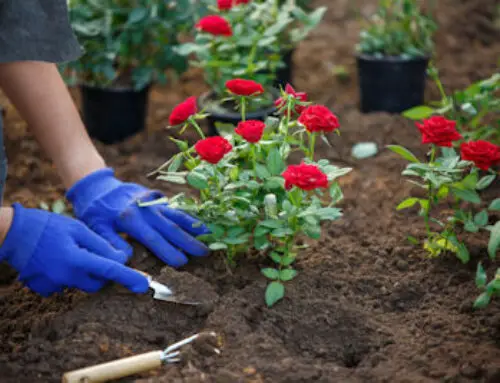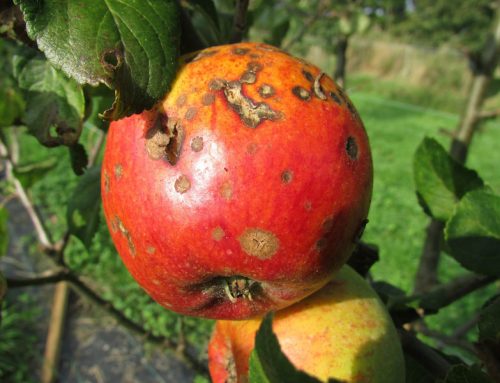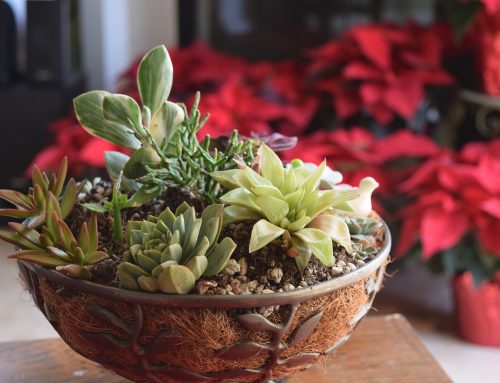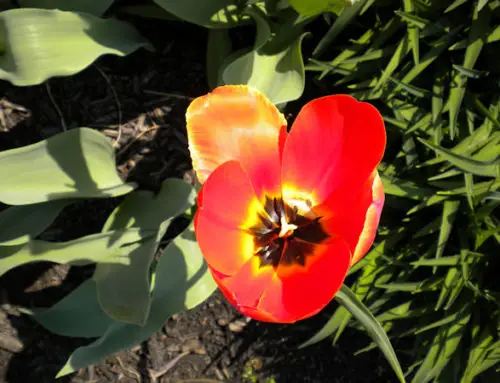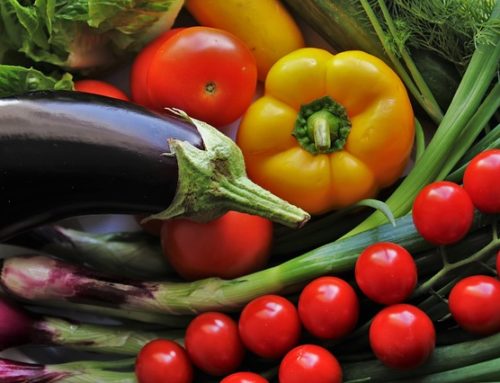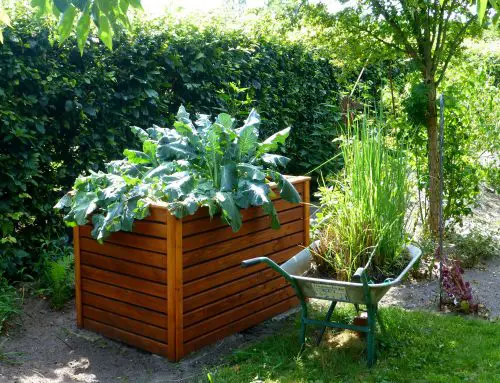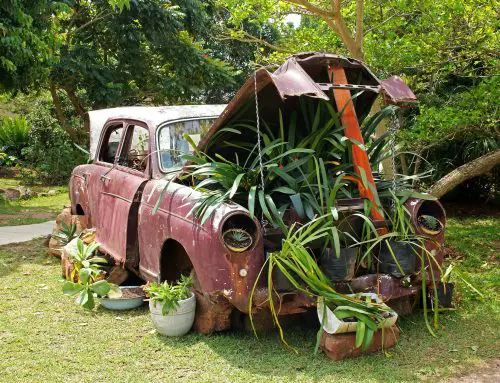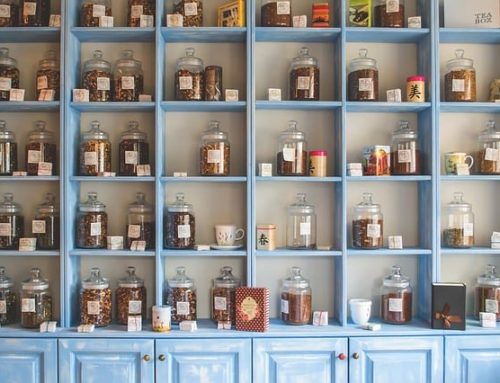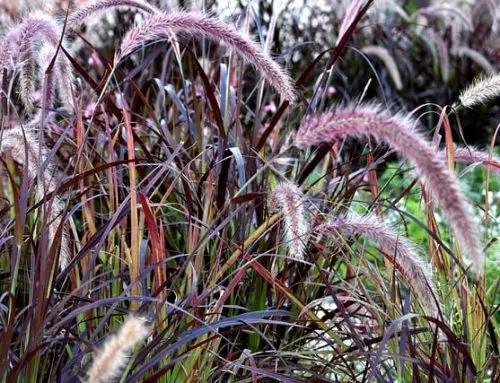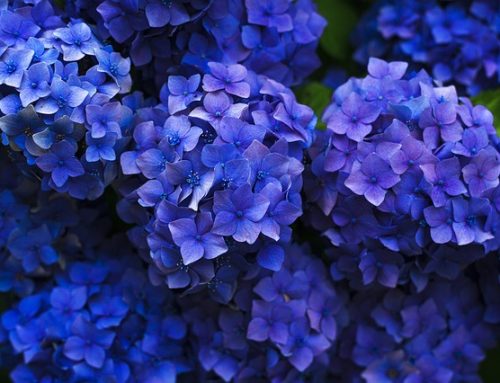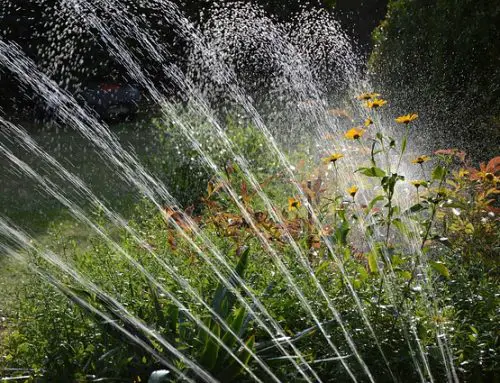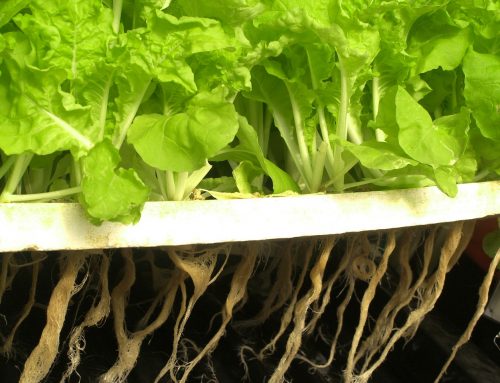The honey bee is distinguished from other bees by the production and storage of honey and their construction of colonial nests from bees wax.
There are seven recognized species, with the most popular being the Western honey bee which has been domesticated for crop pollination and honey production.
About 30% of the food consumed on American tables is pollinated by the honey bee; it is the only insect that helps in food production.
Are Honey Bee Populations Declining?
Over the last handful of years, the plight of the honey bee has come to light in agricultural and horticultural systems, including the home garden. The honey bee populations are decreasing at an alarming rate and potentially putting food production in danger.
As their numbers decrease the impact is felt. Fortunately the honey bee is being seen for the benefits it brings to gardens, fields, nurseries and orchards worldwide. People are becoming more aware of how their choices impact bee populations and changing how they do things.
The honey bee population has been in decline for some time now. Research points to a couple of different causes.
One cause is thought to be electromagnetic radiation from cellular towers, mobile devices and wireless internet. This electromagnetic radiation damages the navigational skills of honey bees and prevents them from returning to their hive.
Bees navigate by using the vibrations in the air. The magnetic frequencies emitted from the aforementioned devices interfere with their navigational skills. When female worker bees fail to return to a thriving hive, the hive will begin to flounder.
An increase in pesticide and fungicide use is also contributing to the demise of honey bees. Some pest and fungal sprays work by directly killing the honey bees. Some affect populations by disrupting their navigational skills – causing colony collapse disorder – or inhibit their ability to reproduce.
No matter the way, the honey bee population feels the damaging effects.
Honey Bee Friendly Plants
One of the most important things gardeners can do is to grow plants in their gardens and landscapes that attract honey bees.
Giving them a solid source of food will help encourage population growth. Fortunately there are many plants that attract honey bees:
So, what are the best flowers for honey bees? Here are some great choices. If you are looking to attract butterflies take a look at the butterfly garden page.
- Natural wildflowers – A great option to use to bring in honey bees. They are easy to plant, easy to grow and require very little attention to flourish.
- Berries – A plethora of flowers in a small area. This is a huge attractant for honey bees as it concentrates a large food source for the bees within a limited space.
- Strawberries
- Raspberries
- Blueberries
- Blackberries
- Fruit Trees – Another concentrated source of food in a small expanse.
- Apples
- Peaches
- Cherries
- Flowering Herbs – Work well to attract bees because of their strong scent.
- Mint
- Basil
- Lavender
- Oregano
- Vegetable Plants – Can produce beautiful, yellow flowers that easily attract bees to the home garden.
- Tomatoes
- Pumpkins
- Cucumbers
- Squash
- Weeds – Another green attractant, although one we try to discourage in our gardens. If possible allow some of these weeds to grow freely, and flower.
- Dandelions
- Milkweed
- Goldenrod
Attract Honey Bees to Your Garden
One of the best ways to bring them into a garden is to group plants together to encourage the honey bees.
If possible, plant an area about one square yard in size with the same plant to attract them to the area. Pick plants that have a long blooming season to keep bees coming back, and encourage flowers to bloom so the nectar and pollen is available for them to feed on.
A water source such as a bird bath, a backyard waterfall, or even a dripping hose will give bees a place to rest and drink.
How Do You Keep Pesticides From Killing Bees
Equally as important as encouraging bees into a garden, is making sure chemicals applied for pest control are not harmful to the insects.
Neem oil, vinegar and Epsom salts such as #ad Epsoak USP Epsom Salt – 19 lbs. Resealable Bulk Bag are natural alternatives that can be used safely without damaging bee populations.
Neem oil is highly effective at repelling garden pests such as aphids, spider mites, and certain plant diseases such as powdery mildew.
Both white and apple cider vinegar works extremely effectively as a weed killer due to their high acetic acid content. Fill a spray bottle or watering can with straight vinegar and apply directly to the weeds you’d like to kill.
Epsom salts work well at keeping slugs and snails off of garden flowers, and also benefit vegetables because of the magnesium they contain. If absolutely necessary, Spinosad and Pyrethrum can be applied to gardens at dawn or dusk when bees aren’t active.
Once the chemical dries, they are no longer harmful to bees.
How To Be Bee Friendly
There are many things home gardeners can do to help encourage honey bee populations. Flowering plants and trees can be added to a garden to attract bees, and bee safe methods can be used to help control pests and weeds instead of harmful chemicals.
These thoughtful changes can help to build their populations and in turn ensure the pollination of food crops for human consumption.

